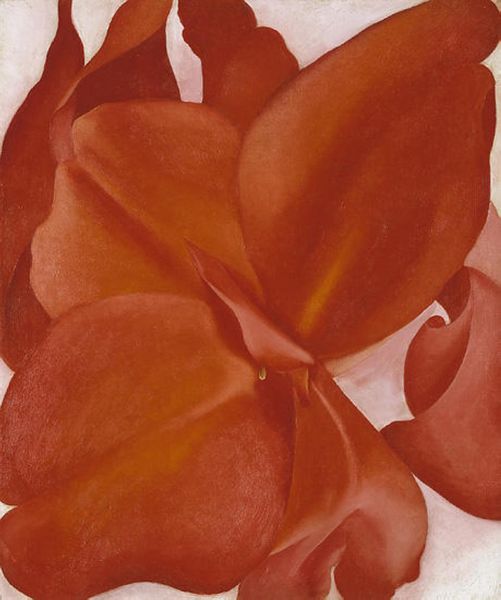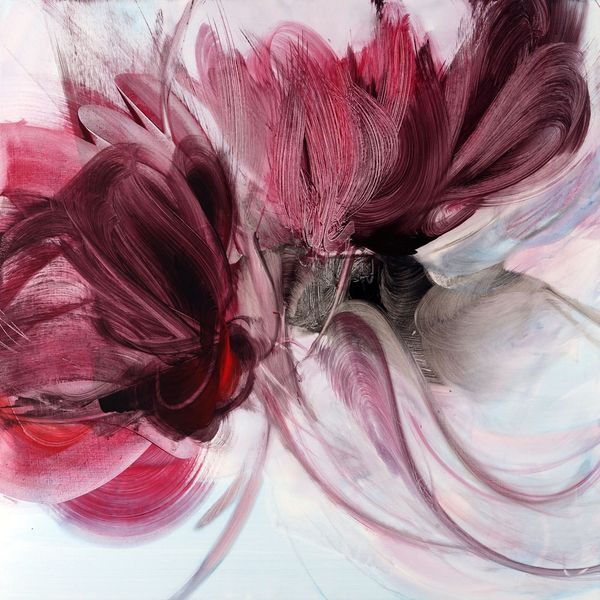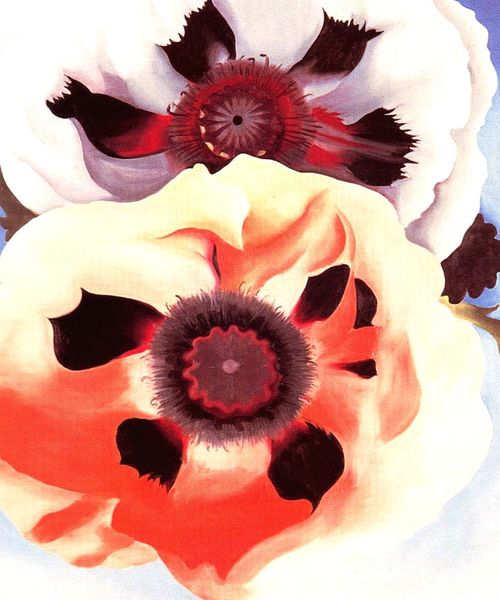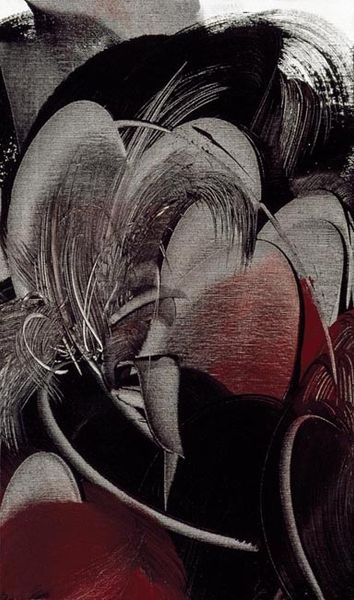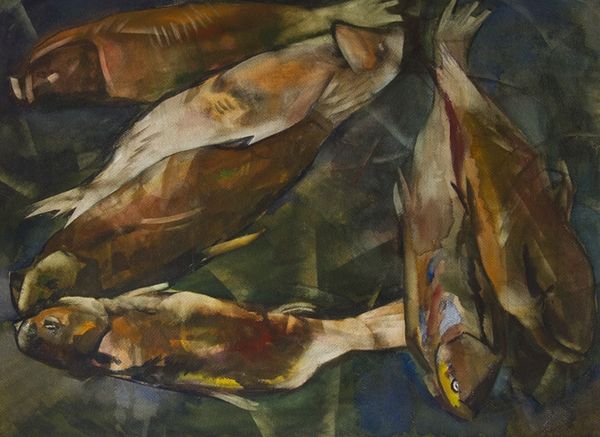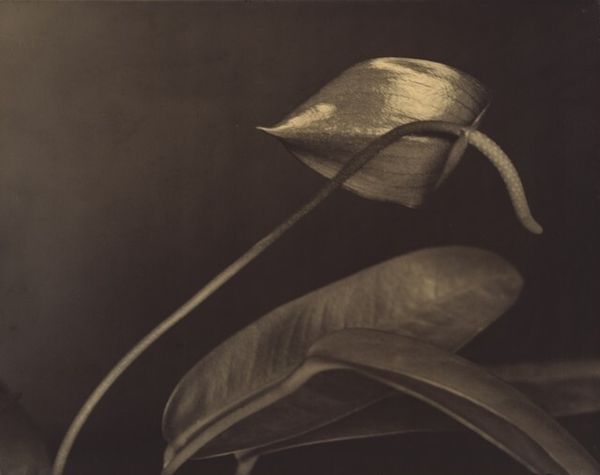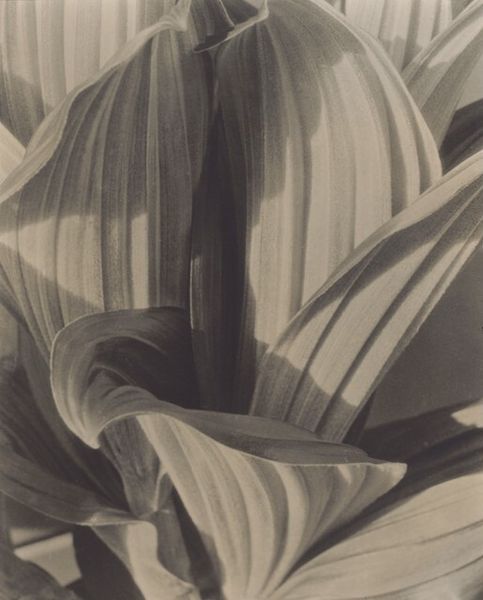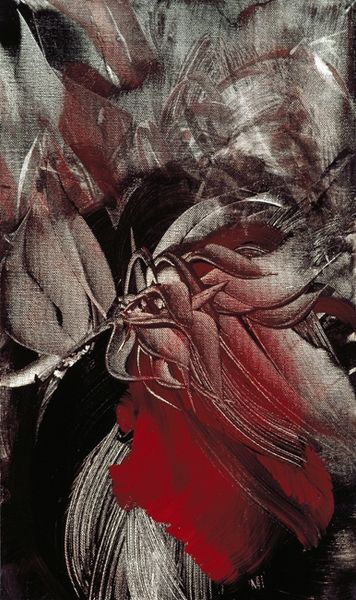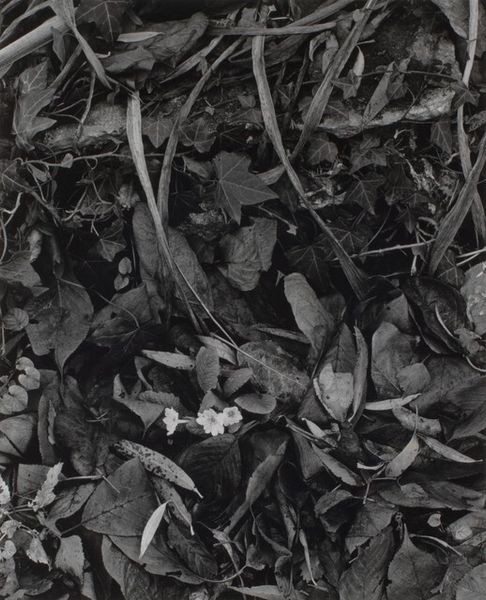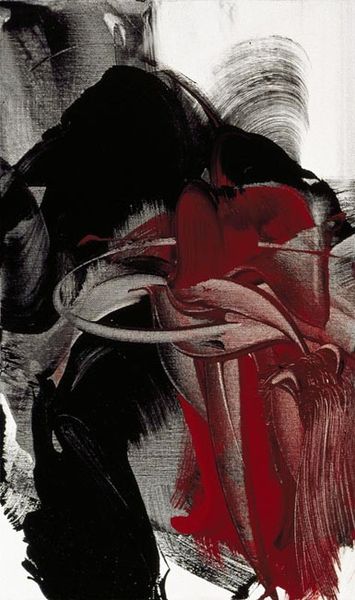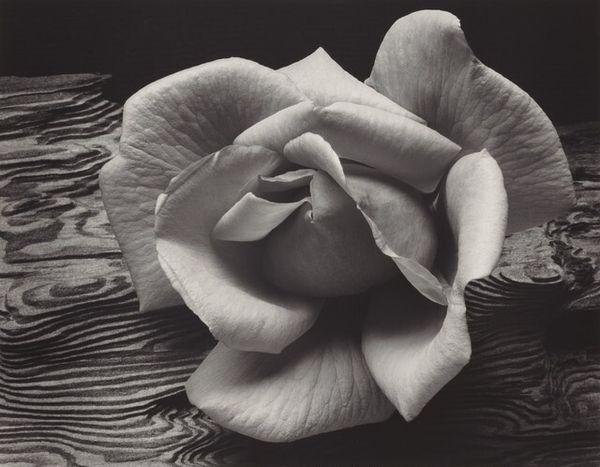
photography
#
still-life-photography
#
contemporary
#
photography
#
oil painting
#
vanitas
#
realism
Dimensions: image: 33.02 × 21.59 cm (13 × 8 1/2 in.) sheet: 35.56 × 27.94 cm (14 × 11 in.)
Copyright: National Gallery of Art: CC0 1.0
Editor: Barbara Norfleet's photograph, "Rotting Roses," from 1980, is quite striking. There's a kind of somber beauty to it. What underlying themes or cultural ideas might Norfleet be exploring here? Curator: This photograph resonates deeply with the visual language of 'vanitas'—a traditional art form reminding us of life's fleeting nature. But, it’s not merely about decay. Consider the sociopolitical climate of the 1980s. Could these roses symbolize the decline of certain social ideals, perhaps challenging notions of beauty perpetuated within a patriarchal society? Editor: That’s a compelling point! So you're suggesting the image extends beyond personal mortality, commenting on broader societal shifts? The roses almost seem like they are imploding. Curator: Exactly. Think about the objectification of women throughout art history, often symbolized by the rose. What does it mean when that symbol starts to decompose? Does it signal a shift in power dynamics, an erosion of traditionally feminine ideals? Editor: I see. The "rotting" becomes a powerful statement itself, almost like a reclaiming of a symbol. Curator: Precisely. Now consider photography as a medium, often seen as capturing ‘truth.’ Here, Norfleet subverts that expectation, presenting us with a truth of decay, change, and ultimately, the transient nature of prescribed roles. Editor: That makes me reconsider my initial interpretation. It's not just about somberness but resistance, even. I really appreciate that context. Curator: It’s about looking deeper, isn’t it? Art isn't static. It is ever-evolving within culture and impacting our own place in society. Editor: Definitely. This conversation has made me realize how crucial it is to understand both the artwork's time and our own perspectives on gender and power when we consider images like this.
Comments
No comments
Be the first to comment and join the conversation on the ultimate creative platform.
